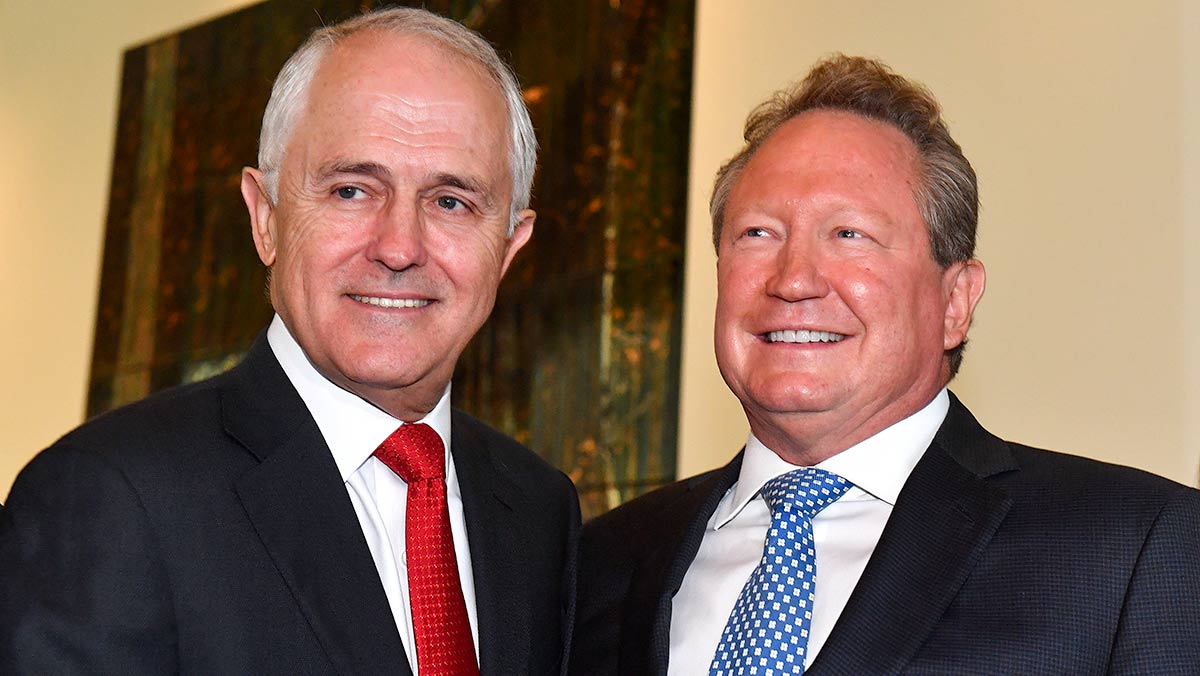Joel Schlesinger, for the Edmonton Journal
Edmonton homeowners are tops in Canada for missed debt payments, a new study has found.

Free credit score provider Borrowell recently released a survey revealing Edmonton homeowners had 0.19 missed payments per homeowner. That’s almost two in 10 homeowners based on credit reports from August, says Andrew Graham, chief executive officer and co-founder of Borrowell.
“Edmonton has the highest rate of missed payments for homeowners … and also among non-homeowners for major cities in Canada,” he says.
RENTERS
Almost one in three consumers without mortgages in Edmonton had missed a payment, the study found.
Combined, nearly three in 10 Edmonton consumers had missed a payment among the more than 874,000 credits scores examined across Canada. That’s compared with the national average of about two in 10.
“In the case of homeowners, Edmonton is about twice the Canadian average of about one in 10,” Graham says. “That’s despite the fact mortgage debt in Edmonton is below the Canadian average.”
Nationally, homeowners had an average mortgage of $359,597 compared with Edmonton homeowners at $314,863.
By comparison, Toronto homeowners carried an average mortgage of about $574,246 with only about three in 100 missing a bill payment.
Calgary also had higher incidence of missed bill payments, about 16 per cent of homeowners with mortgages averaging about $354,000. Calgary also had the highest level of non-mortgage debt among homeowners in Canada at $36,330 compared with the national average of about $34,000. Calgary had the largest amount of non-mortgage debt among non-homeowners at $23,762 compared with the national average of about $20,000.
Edmonton had the second highest figure for non-mortgage debt at about $35,800 among homeowners and for non-homeowners at about $22,300.
Graham says the higher than average debt levels and missed payments could reflect the ill health of the Alberta economy over the past six years.
“There’s been a series of economic challenges, and that absolutely contributes,” he says.
Yet some metrics like higher levels of non-mortgage debt could reflect higher affordability in Edmonton as more people are likely to qualify for a mortgage.
“We are relatively fortunate in the Edmonton area in home prices compared to the larger markets in Canada,” says mortgage broker Jason Goodwin with Paragon Mortgage Inc. in Edmonton.
What’s more, he notes first-time buyers are more aware than ever of what they need to do to prepare to qualify for a mortgage.
Still, income requirements can be challenging with more part-time, seasonal and gig economy workers with fluctuating income, he adds.
In turn, more would-be buyers are looking for advice from professionals such as mortgage brokers to develop plans for a down payment and to budget while looking to family for help with a down payment.
Still, the study sheds light on how Alberta’s recent economic hardships have weighed on its housing market because of higher debt among consumers.
“You need to be able to make a down payment to buy a house,” Graham says. “So, if you’re carrying a lot of debt, that can make it harder to get that down payment.”











